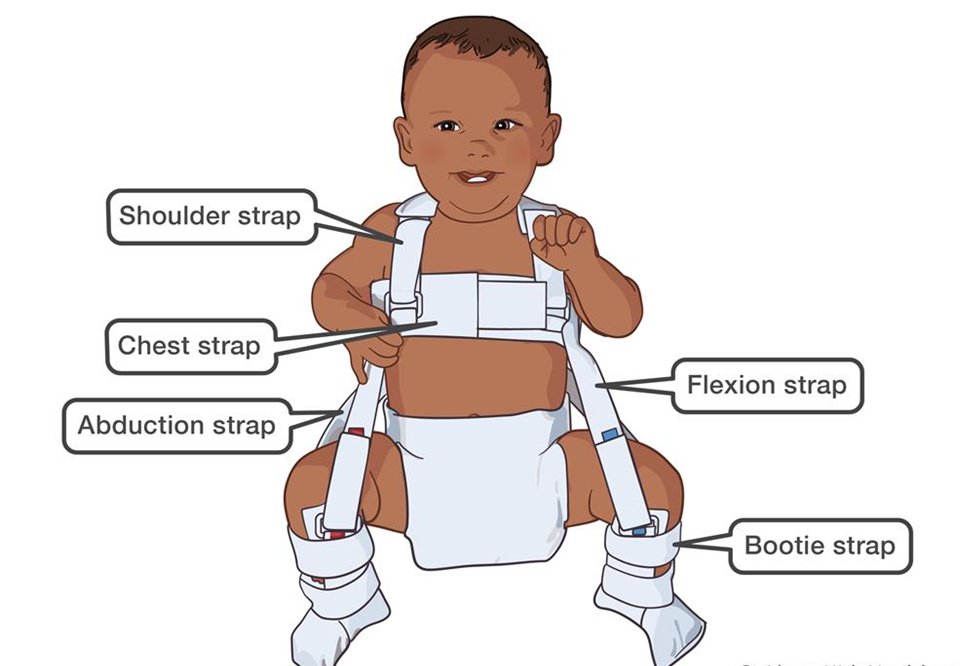Primary care provider orders cefazolin (Kefrol) 30 mg/kg in two divided doses per day for a child with pneumonia. Child weighs 20 lb. If the available oral suspension is 125 mg/5ml how many mls per dose should the child receive?
The Correct Answer is ["5.4"]
Convert the child's weight from pounds (lb) to kilograms (kg):
20 lb × (1 kg / 2.20462 lb) ≈ 9.07 kg
Calculate the total daily dose of cefazolin:
Total daily dose = 30 mg/kg/day × 9.07 kg = 272.1 mg/day
Divide the total daily dose into two equal doses:
Each dose = 272.1 mg / 2 ≈ 136.05 mg
Determine the dose per ml using the available oral suspension concentration:
125 mg/5 ml = 25 mg/ml
Calculate the volume of oral suspension needed for each dose:
Volume per dose = Dose per dose / Concentration per ml
≈ 136.05 mg / 25 mg/ml
≈ 5.44 ml
So, the child should receive approximately 5.44 ml per dose of cefazolin oral suspension.
Nursing Test Bank
Naxlex Comprehensive Predictor Exams
Related Questions
Correct Answer is D
Explanation
A. "I will use powders & lotion on his skin around the harness clasps."
This statement indicates a misunderstanding. Powders and lotions should generally be avoided around the harness clasps because they can interfere with the proper fit of the harness and cause irritation or discomfort to the baby's skin.
B. “I will remove the harness daily, prior to giving the bath.”
This statement is incorrect. The Pavlik harness is typically not removed for bathing, as it needs to be worn continuously to maintain proper positioning of the hips and promote optimal healing. Removing the harness daily for bathing can disrupt the treatment process and delay progress.
C. "I will adjust the harness straps every day."
This statement indicates a misunderstanding. The harness should not be adjusted daily without guidance from the healthcare provider. The straps of the Pavlik harness are initially adjusted by the healthcare provider to ensure proper fit, and they should remain in place without frequent adjustments to maintain stability and effectiveness.
D. "I will check my baby's skin under the straps frequently."
This statement indicates an understanding of the teaching. It is essential for the mother to regularly check her baby's skin under the harness straps for any signs of irritation, redness, or pressure sores. Monitoring the skin closely allows for early detection of any issues that may arise from wearing the harness.

Correct Answer is C
Explanation
A. Measure the elixir in a medicine cup before transferring to a syringe:
This option involves measuring the medication using a medicine cup before transferring it to an oral medication syringe. While measuring the medication accurately is important, transferring it from a medicine cup to a syringe introduces an extra step that may increase the risk of spillage or dosage error. It's generally more efficient and accurate to directly draw the medication into the oral syringe.
B. Place the infant supine in a crib prior to administration:
Placing the infant in a supine (lying flat on the back) position in a crib prior to administering oral medication is not recommended, particularly for infants of this age. This position increases the risk of choking or aspiration, as it may cause the medication to flow toward the back of the throat rather than being swallowed properly. It's safer to administer oral medication to infants in an upright or slightly reclined position.
C. Position the syringe to the side of the infant's tongue:
This is the correct choice. Positioning the syringe to the side of the infant's tongue helps facilitate swallowing and reduces the risk of choking or aspiration. Placing the syringe toward the cheek allows the infant to more easily swallow the medication, as it minimizes the chance of the medication flowing toward the back of the throat.
D. Mix the medication with 10 mL of formula:
Mixing medication with formula is not a standard practice for administering oral medication using an oral syringe, particularly without specific instructions from the healthcare provider. Mixing medication with formula may alter the medication's effectiveness and is unnecessary for most oral medications. It's important to administer oral medication directly using an oral syringe to ensure accurate dosing and effectiveness.
Whether you are a student looking to ace your exams or a practicing nurse seeking to enhance your expertise , our nursing education contents will empower you with the confidence and competence to make a difference in the lives of patients and become a respected leader in the healthcare field.
Visit Naxlex, invest in your future and unlock endless possibilities with our unparalleled nursing education contents today
Report Wrong Answer on the Current Question
Do you disagree with the answer? If yes, what is your expected answer? Explain.
Kindly be descriptive with the issue you are facing.
